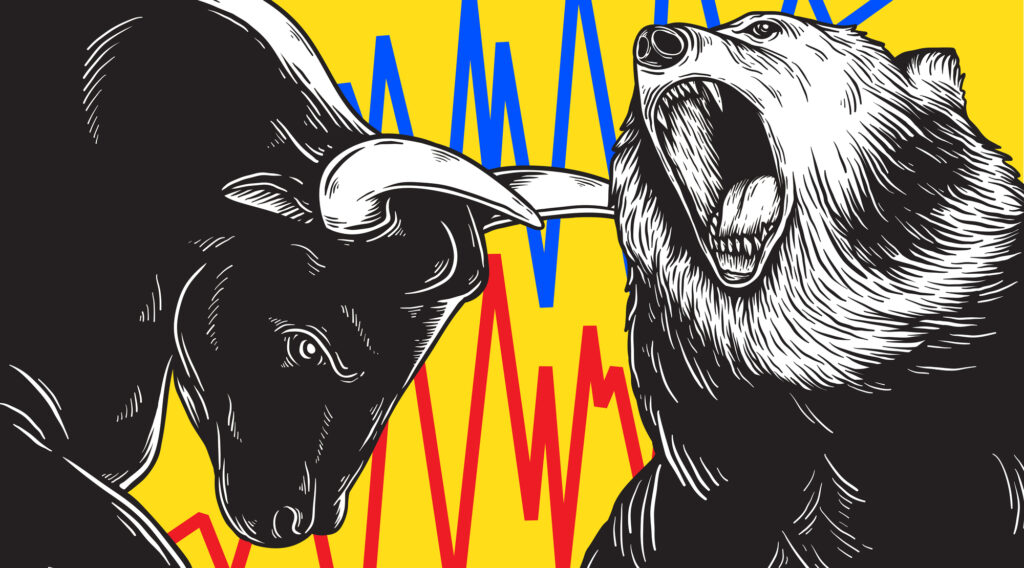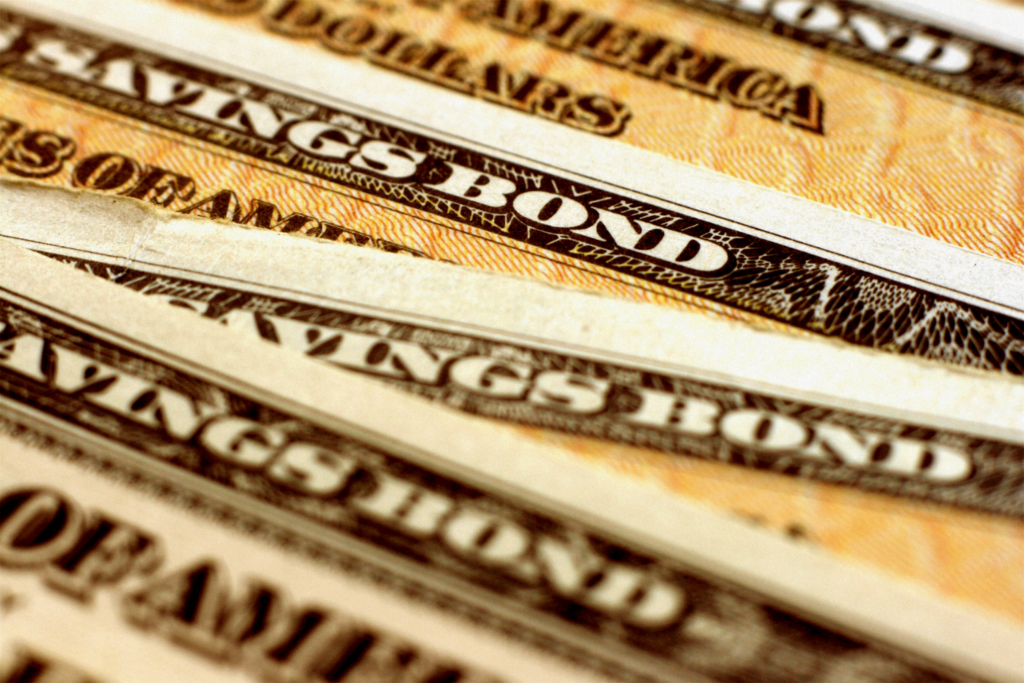
In the tumultuous landscape of finance, terms like “bull market” and “bear market” often surface, painting vivid imagery of animals dictating the rise and fall of financial tides. For investors and traders alike, comprehending these terms is as crucial as navigating the market itself. Today, let’s delve into the mystique of The Bull Market, deciphering its essence and unraveling its significance in the realm of stocks.
Contents
What is The Bull Market?
In essence, a bull market signifies a prolonged period of optimism, rising asset prices, and overall economic growth. It’s the financial equivalent of a sprinter in full stride, where stocks are ascending, investor confidence is high, and economic indicators are favorable. During these times, investors are eager to buy, expecting continued growth and handsome returns on their investments.
The defining characteristic of a bull market is sustained upward momentum, often driven by factors such as:
- Economic Expansion: Robust economic growth fuels corporate profits, leading to higher stock prices.
- Positive Sentiment: Optimistic investor sentiment creates a self-perpetuating cycle of buying, further propelling prices upwards.
- Low Interest Rates: Accommodative monetary policies, like low interest rates set by central banks, make borrowing cheaper, stimulating spending and investment.
- Innovation and Technological Advancement: Breakthrough innovations and technological advancements often spark enthusiasm and drive stock prices higher, particularly in sectors like tech and biotech.
What Exactly is the Bull in a Stock Market?
The bull, as depicted in the financial context, embodies strength, vitality, and optimism. Its counterpart, the bear, symbolizes pessimism, caution, and downward movement. The origins of these symbols trace back to the characteristic behavior of the animals in combat: a bull thrusts its horns upward, while a bear swipes downward with its claws.
Thus, in a bull market, investors exhibit characteristics akin to the bullish animal. They charge ahead with confidence, pushing stock prices higher. Even amid occasional setbacks, such as market corrections or short-term declines, the prevailing sentiment remains positive, with investors often viewing such dips as buying opportunities rather than reasons to panic.
Bulls and Bears in the Market
Understanding the interplay between bulls and bears is essential for navigating the complexities of the stock market. While bull markets are characterized by optimism and upward trends, bear markets represent the opposite—pessimism and downward trends.
In a bear market, investors adopt a cautious stance, selling off stocks to mitigate losses or to profit from falling prices through short-selling. Economic indicators may point to recessionary pressures, corporate earnings may falter, and geopolitical tensions may escalate, all contributing to a climate of uncertainty and pessimism.
Yet, it’s worth noting that bull and bear markets are not mutually exclusive; they are part of the natural ebb and flow of the market cycle. Periods of bullish fervor are often followed by corrective phases, where the bears take control, leading to market consolidation or downturns. Conversely, bear markets eventually give way to new bull markets as economic conditions improve, investor sentiment rebounds, and buying interest reemerges.
The Bull Market FAQs
The frequently answers questions will hopefully answer all of your burning questions about The Bull Market and navigating the exciting world of stock investing.
Why is there a bull statue on the stock market?
The bull statue on the stock market represents strength, resilience, and optimism—qualities synonymous with a bull market. It’s a symbolic figure that embodies the prevailing sentiment during periods of economic growth and rising stock prices.
What is the stock market bull statue called?
The iconic bull statue located in the financial district of New York City, near Wall Street, is called “Charging Bull.”
What is the difference between a bear and a bull market?
The primary difference between a bear and a bull market lies in investor sentiment and the direction of stock prices. In a bull market, optimism prevails, driving stock prices higher over an extended period. On the other hand, a bear market is characterized by pessimism, leading to a prolonged decline in stock prices. Essentially, a bull market signifies rising prices and economic growth, while a bear market denotes falling prices and economic contraction.
What is the origin of bull and bear market?
The terms “bull market” and “bear market” originated from the behavior of the respective animals. A bull attacks by thrusting its horns upward, symbolizing a rising market. Conversely, a bear attacks by swiping downward, representing a falling market. These terms describe the prevailing sentiment and direction of stock prices, with a bull market indicating optimism and growth, and a bear market indicating pessimism and decline.
What is an example of a bull trap in the stock market?
An example of a bull trap in the stock market occurs when there’s a temporary rally or upward movement in stock prices, leading investors to believe that a new bull market is underway. However, this upward movement is short-lived, and prices subsequently decline, trapping investors who bought into the initial rally. This can happen due to various reasons such as misleading signals, market manipulation, or unsustainable factors driving the initial rally. Investors who fall into the trap may end up experiencing losses if they bought stocks during the false rally and failed to exit before the subsequent decline.
Conclusion
In conclusion, while a bull market symbolizes optimism, growth, and opportunity, it’s essential for investors to maintain a balanced perspective, recognizing that market cycles are inherent to the dynamics of the financial world. By understanding the underlying forces driving bull markets and being mindful of potential risks, investors can position themselves to ride the wave of prosperity while navigating the occasional turbulence along the way.
Featured Image Credit: Deposit Photos




